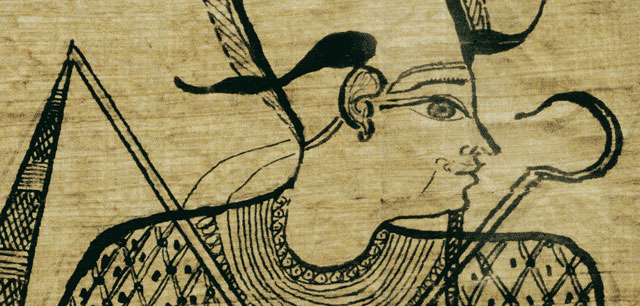Location
Heldenplatz, Neue Burg, Mitteltor, 1010 Vienna
papyrus@onb.ac.at
Opening Hours
The oldest written texts in the Library: The Department of Papyri is, with its 180,000 objects, one of the world’s biggest of its kind. It dates back to the collection of Archduke Rainer, who started buying papyri, parchments, and papers from Egypt in 1883. In 2001 the collection was included in the UNESCO list „Memory of the World“ as world heritage documents.
All of the objects in the Department of Papyri originated in Egypt. They are written witness to 3,000 years of Egyptian history, from the time of the pharaohs and through the time of Greek and Roman rule, up to the Arab conquest and far into the Islamic epoch. Bearers of written texts beside papyrus are parchment, paper, clay fragments, leather, wood, wax tablets, stone, bones, and textiles.
The texts and languages on those media are those written and spoken in Egypt from the 15th century BC till the 16th century AD: Old Egyptian, Demotic, Coptic, Greek, Latin, Hebrew, Syriac, Aramaic, Pehlevi (Middle Persian), and Arabic. Particularly well represented are holdings in Greek (about 60,000 objects) and in Arabic (about 80,000 objects).
For academic research readers have at their disposal a reference library with about 15,000 volumes. The emphasis is on the areas of papyrology, Egyptology, Coptology, epigraphics, and classical philology, and on Egyptian history. The specialist library is supplemented by topics dealing with art, arts and crafts, and everyday life.
A selection of particularly impressive objects from the holdings of the Department can be seen by visitors in the adjacent Papyrus Museum in a permanent exhibition and in rotating exhibitions according to theme.
Catalogues
Search the catalogues of the Department of Papyri

